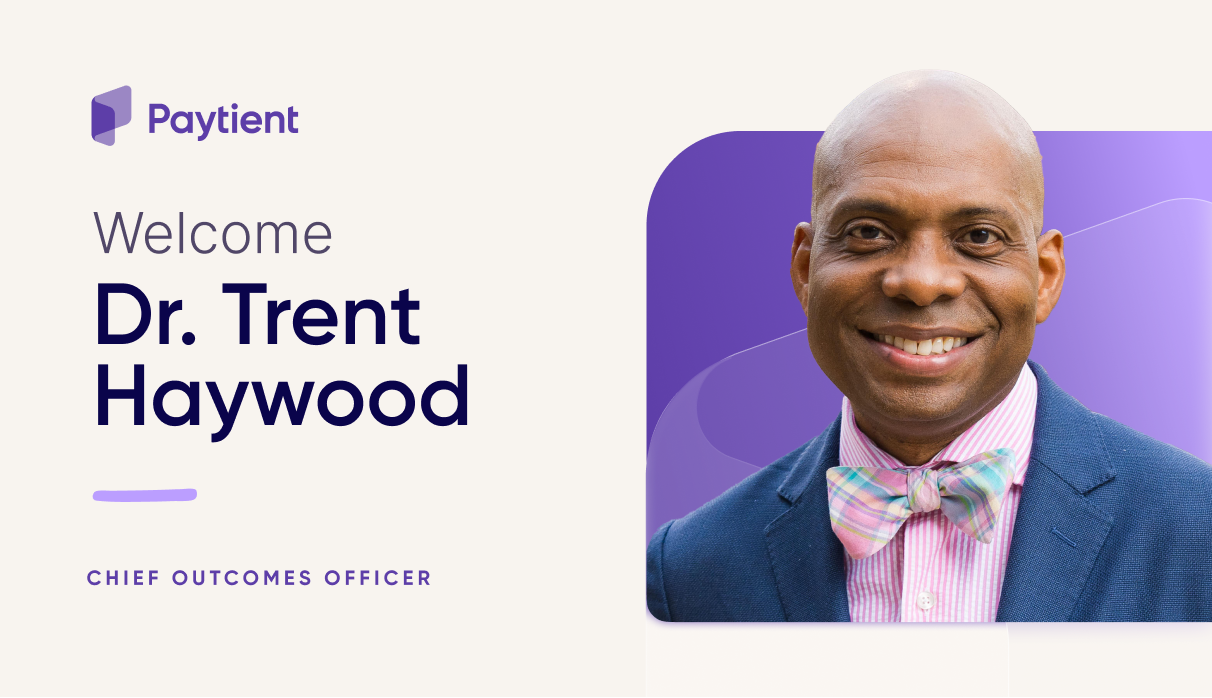As a company operating in the health and benefits space, we keep close tabs on interesting headlines and trends in both areas. Paytient is focused on helping people better access and afford the care they need, and a large part of that mission involves education.
To help you stay up to date with big happenings, we round up noteworthy headlines in health and benefits every month. Here’s your recap of some of the most interesting content to come across our desks over the past few weeks.
Hospitals Could Increase Prices by Up to 15%
According to an article published in The Wall Street Journal, some hospitals reportedly are attempting to offset skyrocketing labor costs by raising prices by as much as 15%. The WSJ reports that hospitals historically have sought price increases of only 4% to 6% during negotiations.
The hospitals are asking health plans to pay them more for care because of increased nurse costs. The WSJ reports that nurse salaries, overtime, and bonuses all went up throughout the pandemic; the average yearly base pay for hospital nurses increased from $79,172 in June 2021 to $86,674 in March 2022 — a 9% jump in less than a year. Should the hospitals win the larger prices they seek this year, it would likely result in higher premiums for employers and workers in the near future.
Read more from The Wall Street Journal
Fertility Benefits Move From Novelty to Must-Have
With tight competition for workers in the U.S., companies are looking for any differentiator they can. This pressure has forced many companies to reexamine their benefits package, with a growing number of organizations boosting their offering by delivering fertility benefits to workers. Mercer reports fewer than one-fourth of large employers covered in vitro fertilization in the 2000s and early 2010s, though that figure jumped to 36% in 2021.
In the past, employers might have been hesitant to offer fertility benefits out of concerns over how expensive they might be. But based on Mercer’s study, 97% of respondents who covered infertility treatment reported it did not result in a significant increase in their medical plan costs.
Read more from Mercer
Investment in Primary Care Leads to Better Outcomes
A new study by the California Health Care Foundation found that increased investment in primary care leads to fewer hospital visits and better overall care quality. The study looked at data covering nearly 14 million Californians and concluded that a focus on primary care could help eliminate 25,000 acute hospital stays and 89,000 ER visits.
In total, the researchers estimate that increased spending on primary care could lead to an overall health savings of $2.4 billion annually. The analysis suggests an investment in primary care could lead to better care and outcomes for patients and purchasers alike.
Read more from the California Health Care Foundation
Study Finds 1 in 4 Americans of Color Face Healthcare Discrimination
A new report from the Commonwealth Fund suggests older adults in the U.S. are more likely to face racial and ethnic discrimination than their peers in other high-income countries. About 1 in 4 Black and Latino adults over the age of 60 felt their healthcare providers had not taken their health concerns seriously because of their racial or ethnic background, according to a survey.
The survey also suggests that 27% of older adults who encountered discrimination felt they did not end up getting the care they needed. Ultimately, the report suggests older adults who dealt with discrimination in healthcare were more likely than the average person to have worse health status, face economic hardships, and be unhappy with their care.
Read more from the Commonwealth Fund
Millennials, Boomers Both Falling Behind on Retirement Savings
Based on a recent survey by Time2play, there is a commonality between Millennials and Baby Boomers: Neither generation would rank retirement savings as a top financial priority. The survey found that only 5% of Millennials and 13% of Baby Boomers ranked saving for retirement as their top priority. In keeping with this sentiment, the study found that 44% of Millennials and 33% of Baby Boomers lack a retirement fund.
Meanwhile, 53% of Millennials and 61% of Baby Boomers said their top priority is building up an emergency fund. Both groups also felt saving for a house was more important than saving for retirement. Overall, 95% of Millennials and 90% of Baby Boomers said they wished they had more money saved.
Read more from Time2play





